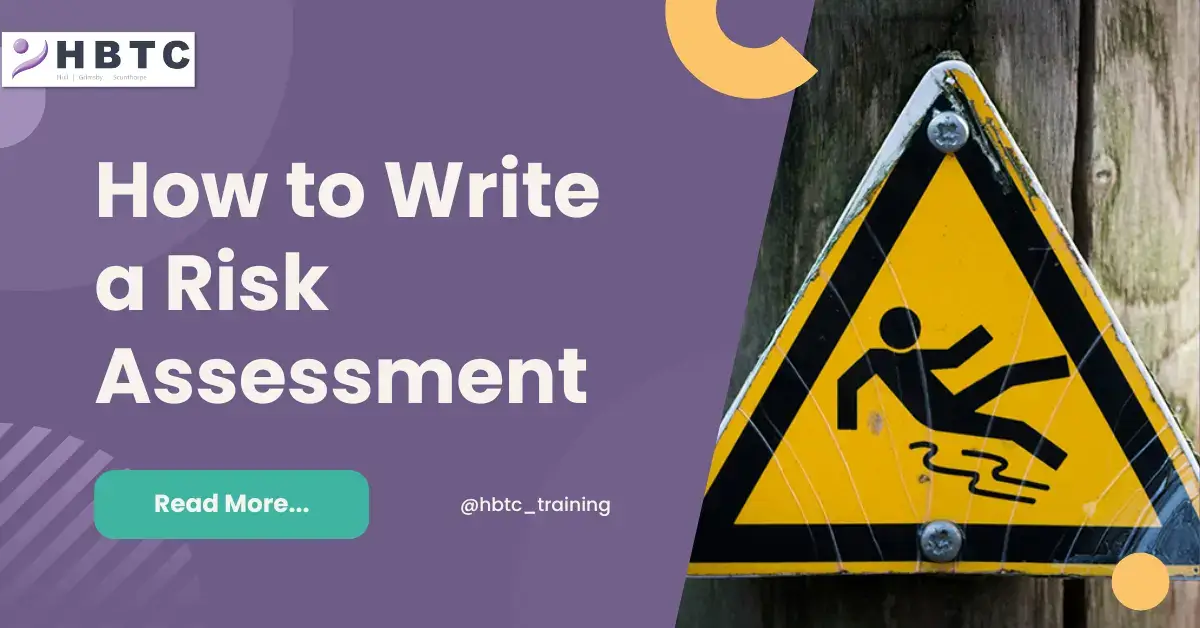Why Your Business Should Have Invacuation and Lockdown Procedures
In today’s world, ensuring the safety of your employees and customers is paramount. For business owners, having well-defined safety protocols like invacuation and lockdown procedures is not just a recommendation; it’s a necessity.
These procedures can significantly impact how your business responds to unexpected situations, mitigating risks and ensuring that everyone remains safe.
The Difference Between Invacuation and Lockdown

Understanding the distinction between invacuation and lockdown is crucial for implementing effective safety measures. While both are emergency procedures designed to protect individuals in potentially dangerous situations, they serve different purposes based on the nature of the threat.
- Invacuation is a procedure wherein individuals are moved to a secured area within the building to avoid external hazards.
- Lockdown, on the other hand, involves securing the premises to protect against internal threats, such as an intruder.
Both procedures aim to ensure safety but require different actions and considerations.
What is Invacuation?
Invacuation is the process of moving people to a safe, pre-designated area within the premises during an external threat, such as a chemical spill or severe weather conditions. The goal is to keep everyone sheltered from danger while maintaining a controlled environment.
Key Steps in Invacuation:
- Identify Safe Areas: Designate specific rooms or areas that offer protection and have access to necessary supplies.
- Communication Plan: Develop a clear plan to communicate invacuation orders and updates to all staff.
- Practice Drills: Regularly conduct drills to ensure everyone knows the procedure and their role during an invacuation.
By having a well-prepared invacuation procedure, businesses can reduce panic and ensure a swift, organised response to external emergencies.
What is Lockdown?
A lockdown procedure is initiated in response to an internal threat, such as a violent intruder. The primary objective is to secure the building and prevent the threat from accessing potential victims.
Essential Components of a Lockdown:
- Secure Entry Points: Lock all doors and windows to prevent the intruder from entering.
- Silent Communication: Use silent alarms or text alerts to notify employees without alerting the intruder.
- Remain Hidden and Silent: Encourage staff to stay out of sight and keep quiet to avoid attracting attention.
A well-executed lockdown can save lives by minimising exposure to internal threats and allowing police to address the situation effectively.
What is a Grab Bag and What Should You Put in It?
A grab bag is an essential component of your emergency preparedness plan. It contains critical supplies that employees might need during an invacuation or lockdown. Preparing these bags in advance ensures that you have all the necessary resources readily available when required.
Items to Include in a Grab Bag:
- First Aid Kit: Basic medical supplies to address minor injuries.
- Flashlight and Batteries: In case of power outages or low visibility.
- Water and Non-Perishable Snacks: Keep everyone hydrated and nourished.
- Emergency Contact List: Important phone numbers and emergency services contacts. Also, a list of nearby businesses that you may need to alert to the threat.
- Portable Phone Charger: Ensure communication devices remain operational.
- Personal Medications: Any required personal medications for staff members.
By ensuring that each designated safe area has a grab bag, you enhance the safety and comfort of your team during emergencies.
Conclusion
Incorporating invacuation and lockdown procedures into your business’s safety plans is vital for protecting your employees and customers. By understanding the differences between these procedures, preparing a grab bag, and conducting regular drills, you can create a safer environment that is well-equipped to handle emergencies. For more information about how you can ensure the safety of your staff, go to Protect UK.
Ready to enhance your business’s safety protocols? Start by evaluating your current procedures and identifying areas for improvement. Prioritising safety is not just good practice—it’s essential for the well-being and peace of mind of everyone involved.
You may also be interested in…

Laura Murray
Laura is our IT & Design Officer and is involved in anything IT or design related. She is also the supervisor of the Admin Team who keep things running smoothly here at HBTC. Laura is dedicated to ensuring systems and processes run as effortlessly as possible in the most visually appealing way.


